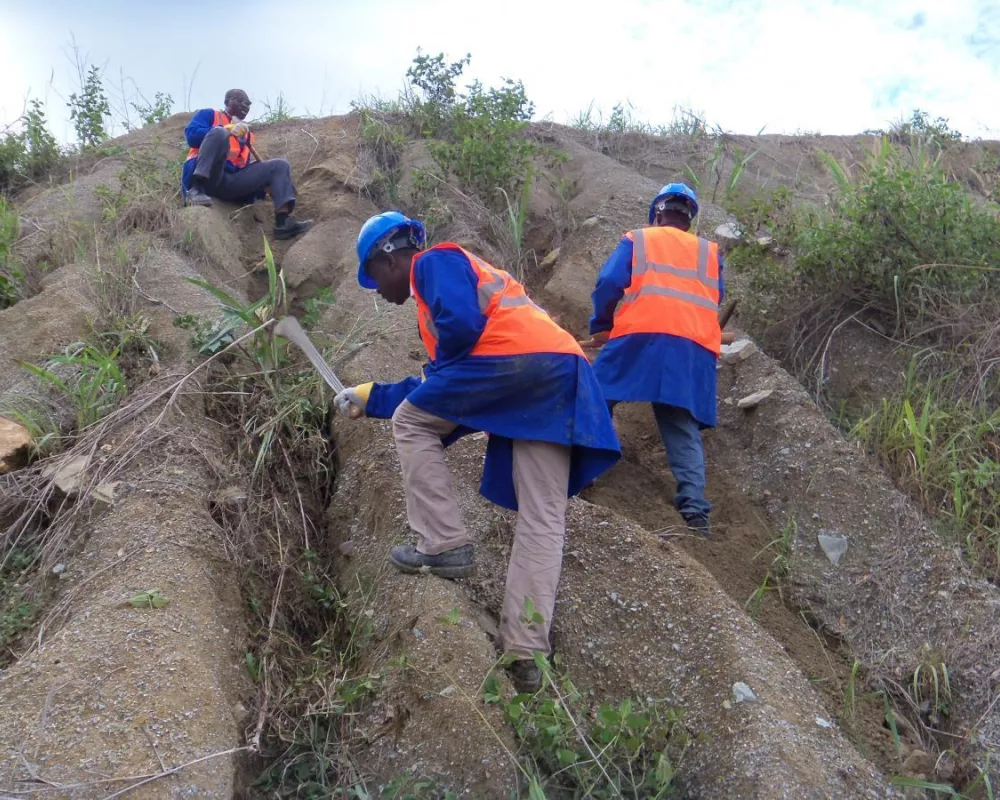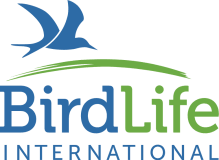The potentials of Pennisetum purpureum as a biological geotextile in stabilizing slopes to promote biodiversity in reclaiming quarry sites

One of the main challenges in achieving the overall goal of land reclamation- achieving safety and stability on reclaimed mined lands - is how to control the erosive forces of rain and runoff that lead to severe erosion which, sequentially, deters vegetation establishment on such sites. During the initial stages of vegetation establishment on such disturbed mined sites, rills and gullies are often created whiles at the same time seeds and seedlings of diverse plant species are washed away by the erosive forces of rain and runoff thereby hindering the initial revegetation success. Another problem which is common in Ghana is that, most of the mining companies do not apply topsoil before revegetation and so very few species are able to survive on such harsh and hostile conditions, thus endangering biodiversity.
This project, therefore, seeks to explore the potentials of designing and developing a biological geotextile, from the elephant grass, Pennisetum purpureum using an appropriate technology; and to look at how most indigenous species could get themselves established on such newly rehabilitating quarry sites after soil stabilization and erosion control, through the application of topsoil as a growth medium. The study will thus investigate the effects of the constructed geotextile in reducing the erosive forces of rain and runoff in stabilizing the rehabilitating quarry site and thereby promoting biodiversity.
The potentials of Pennisetum purpureum as a biological geotextile in stabilizing slopes to promote biodiversity in reclaiming quarry sites from Quarry Life Award by HeidelbergCement



